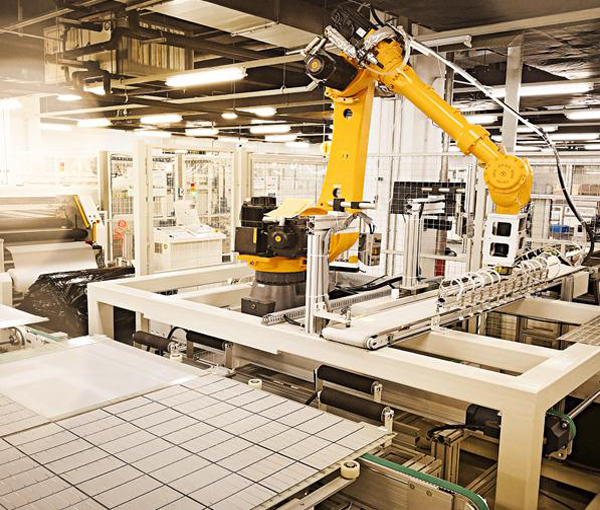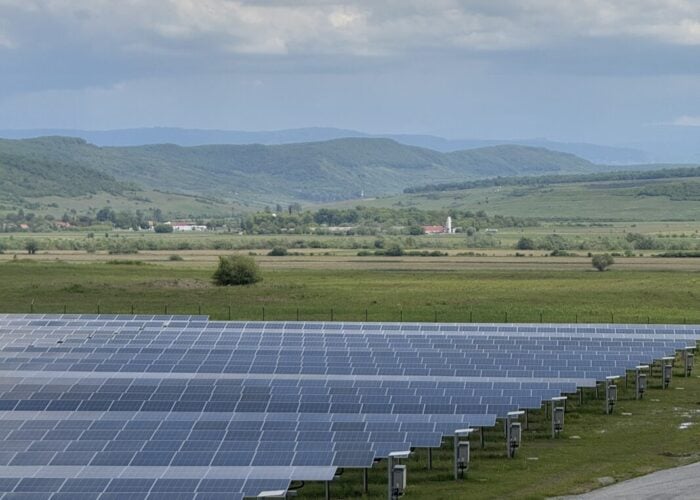
Canadian Solar plans to build an integrated PV manufacturing plant in Western China, with a capacity of 200,000MT of high-purity polysilicon, 10GW of both cells and modules and multi-GW productions of raw and auxiliary materials.
The 60 billion yuan (US$8.87 billion) project will be located in Haidong Zero-Carbon Industrial Park in Qinghai province by the end of 2027.
Try Premium for just $1
- Full premium access for the first month at only $1
- Converts to an annual rate after 30 days unless cancelled
- Cancel anytime during the trial period
Premium Benefits
- Expert industry analysis and interviews
- Digital access to PV Tech Power journal
- Exclusive event discounts
Or get the full Premium subscription right away
Or continue reading this article for free
The factory is expected to produce:
- 250,000 metric tons of industrial silicon
- 200,000 metric tons of high-purity polysilicon
- 50GW of monocrystalline silicon rods
- 50GW of crucibles
- 10GW of monocrystalline silicon slices
- 10GW of photovoltaic cells
- 10GW of photovoltaic modules
- 10GW of supporting new materials per year
The project, which is split into eight sub-projects, has attracted the highest investment amount and is of the largest scale of any in Haidong City in recent years, said Wang Huajie, deputy secretary of the CPC Haidong Municipal Committee and mayor.
Canadian Solar also announced today that it has entered into an investment agreement with the municipal government of Haidong City in Qinghai Province to build an initial facility for the Industrial Park with an annual capacity of approximately 50,000MT of high-purity polysilicon later in 2022. The facility is expected to commence production in mid-2024.
“We are pleased to further increase the level of vertical integration of our manufacturing capacity by adding polysilicon production capabilities” said Shawn Qu, chairman and CEO of Canadian Solar.
“This will help us better control costs, technology and product quality, and thereby further improve our pricing power and margins. Furthermore, approximately 90% of Qinghai’s installed power capacity is clean energy. Having our solar manufacturing facilities located in Qinghai will help us meaningfully reduce the carbon footprint of our products, especially considering the high energy consumption for manufacturing polysilicon.”
Around 20,000 people are expected to be employed on the project with annual invoiced sales expected to reach about 120 billion yuan.
Qinghai province is said to have favourable cross-regional power transmission conditions as well as huge potential for PV power deployment.
Back in May, Canadian Solar unveiled a new PV manufacturing strategy, bringing more upstream capacity inhouse to reduce its exposure to pricing volatility. Becoming more vertically integrated would give the company’s manufacturing division CSI Solar more control over costs, technology and product quality.






